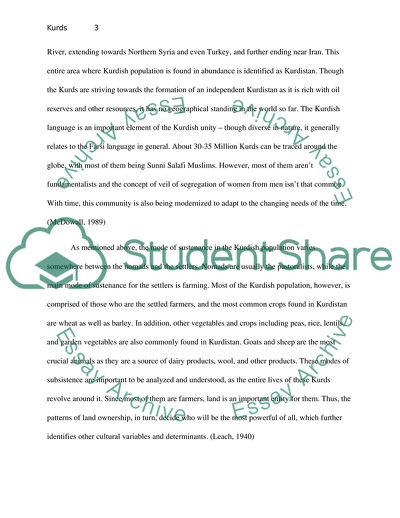Cite this document
(The Kurds Literature review Example | Topics and Well Written Essays - 1750 words, n.d.)
The Kurds Literature review Example | Topics and Well Written Essays - 1750 words. https://studentshare.org/anthropology/1775222-kurds
The Kurds Literature review Example | Topics and Well Written Essays - 1750 words. https://studentshare.org/anthropology/1775222-kurds
(The Kurds Literature Review Example | Topics and Well Written Essays - 1750 Words)
The Kurds Literature Review Example | Topics and Well Written Essays - 1750 Words. https://studentshare.org/anthropology/1775222-kurds.
The Kurds Literature Review Example | Topics and Well Written Essays - 1750 Words. https://studentshare.org/anthropology/1775222-kurds.
“The Kurds Literature Review Example | Topics and Well Written Essays - 1750 Words”. https://studentshare.org/anthropology/1775222-kurds.


